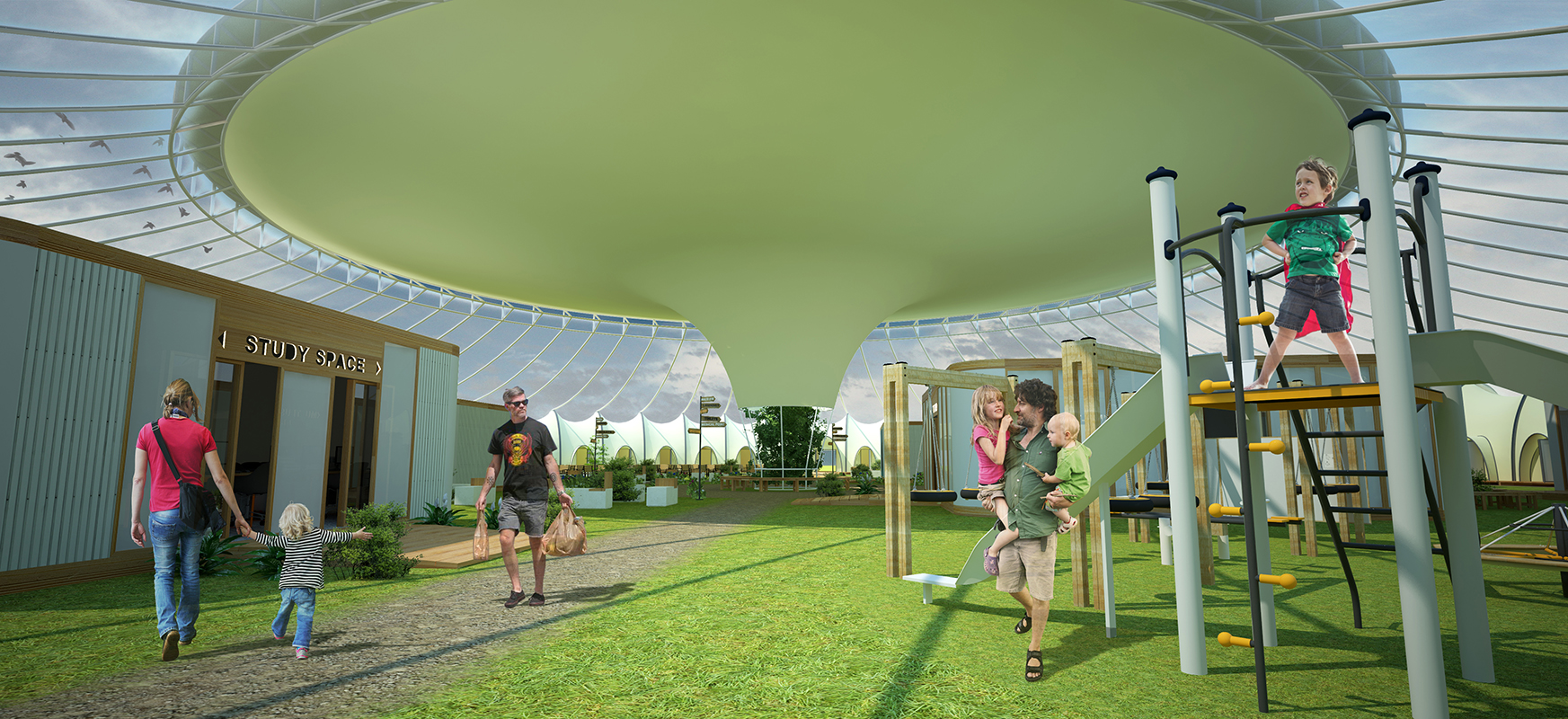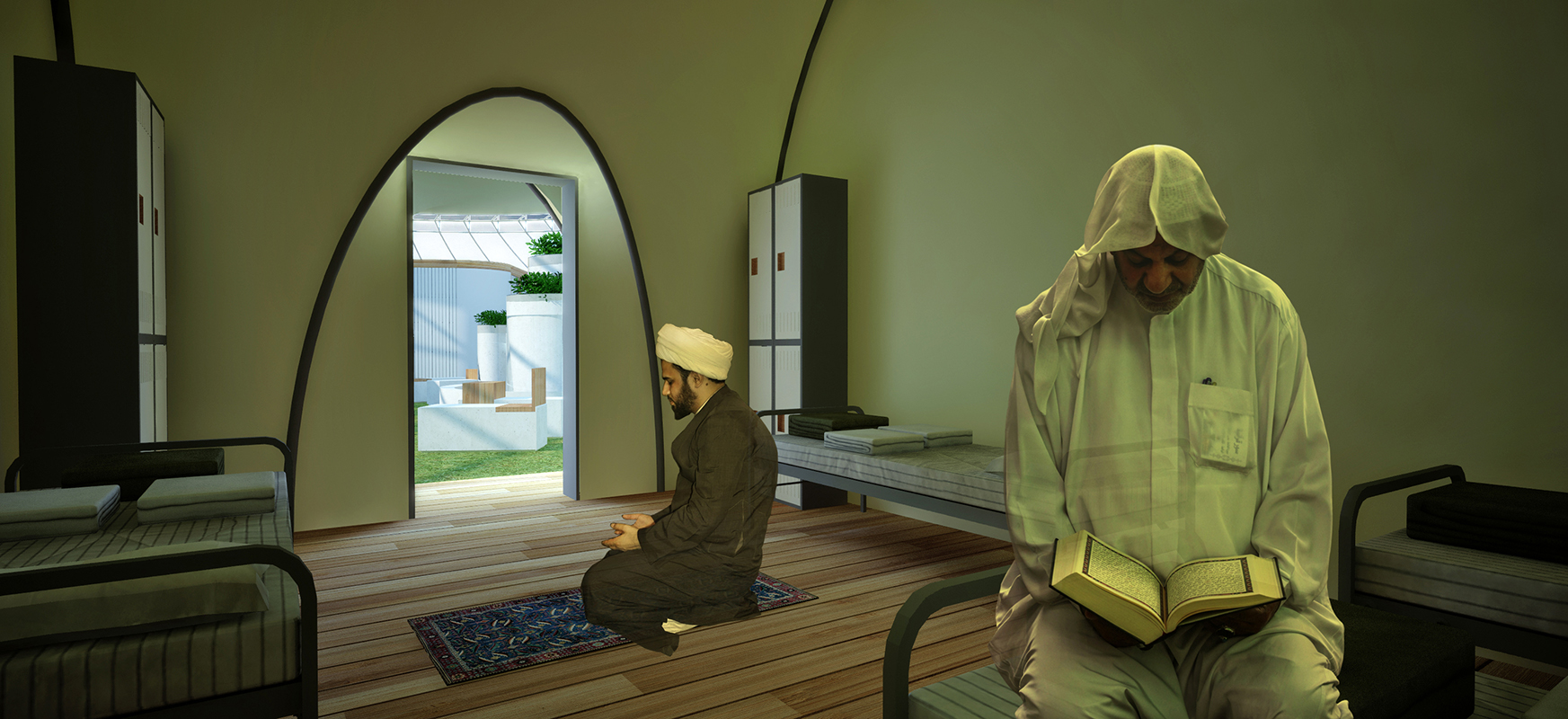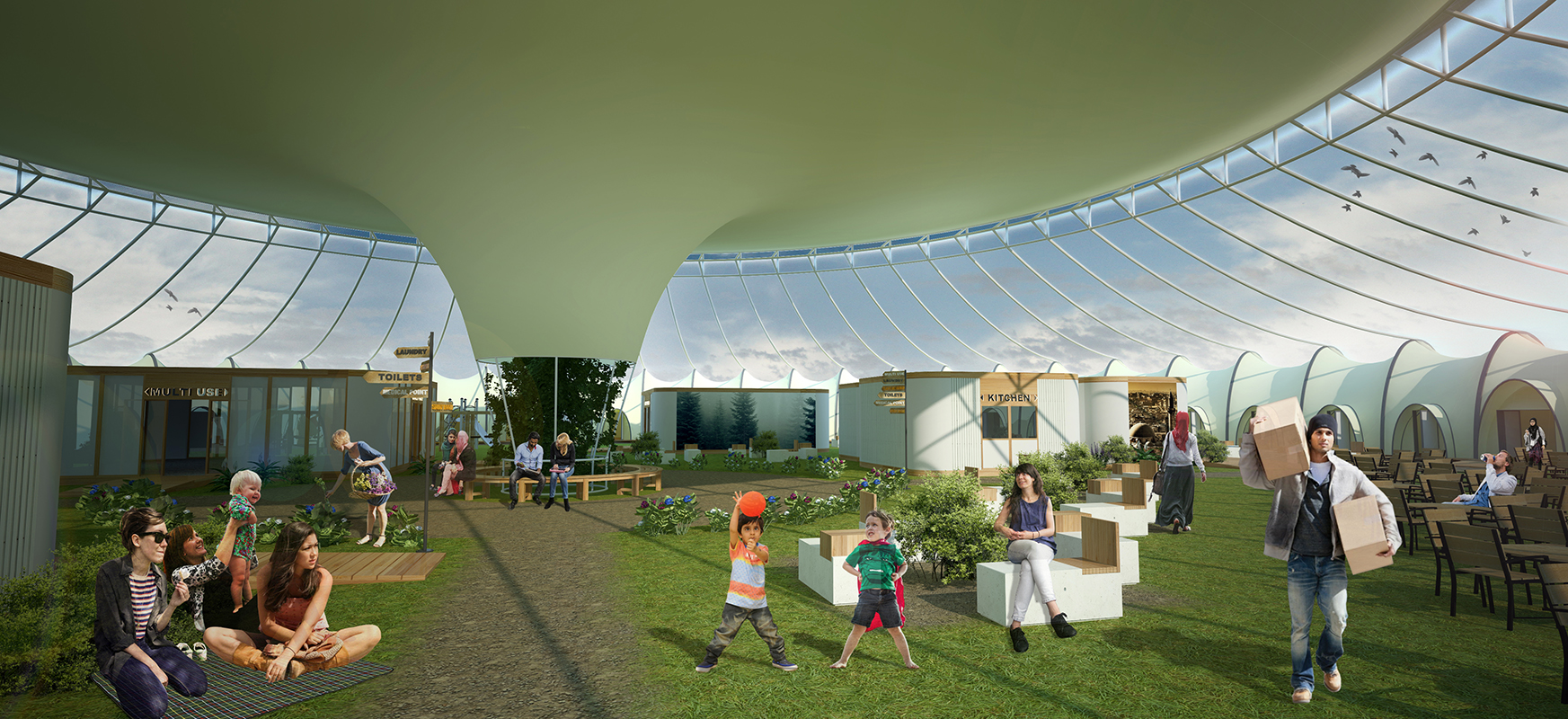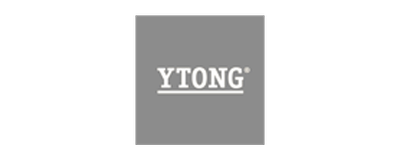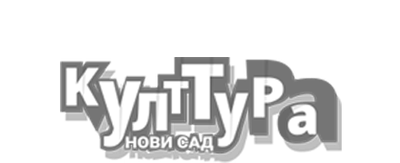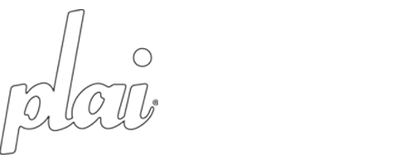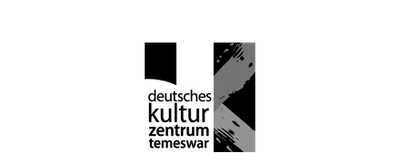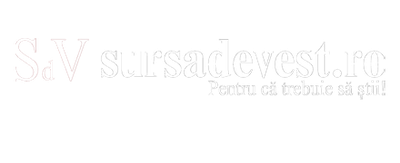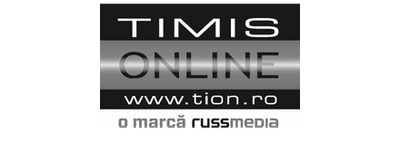Co-autori
Angelo Chagas, Bruno Padovano, Delia Sloneanu, Nelson Fiedler, Nicolas Fiedler, Samuel Garcia
Birou de arhitectură
Studio Papaya
Colaboratori (membri ai echipei):
-
Colaboratori externi:
-
Location:
Munich, Germania
Client:
Schoeller Group
Buget:
450,000 euro
Text de prezentare a lucrării:
The ongoing civil war in Syria spans more than five years, causing a great impact in the West. Due to the large number of refugees seeking better living conditions in other countries, mostly in Europe, the political authorities are forced to take measures into hosting these people.
In Germany, where in 2015 the number of refugees hosted by the country reached the mark of 400.000, reaching 170.000 only in the first quarter of the year, the cost of housing became a problem for the state and communities. It was in this context that German philanthropists reached out to Fiedler Engineering to develop a proposal for a sustainable shelter as a solution for the housing and care of the refugees.
The Hub has thermal and acoustic insulation, precast constructive elements and tensile structure, each unit accommodating 300 people. The architectural design was developed in a partnership between the research center NUTAU-USP and the office Studio Papaya.
The concept of the structure is based on using smart materials that perform at their full potential. The structure, made of steel, gives shape to the Hub and supports the PDVF membrane that covers the entire 5.000 square meters surface. The tensions are being compensated by the opposite parabolic system, working together with the pile foundation. All the components of the Hub are made of industrialized materials; moreover, the pieces are part of a manufacturing process that lowers the costs and speeds up the construction. From the beginning of the fabrication to the final stage of the construction, it takes 7 days for the Hub to be ready. The PDVF membrane has a lifespan of 20 years and supports a weight over a ton, while the steel structure can be easily replaced, if needed.
The program that the Hub introduces was conceived around the idea of offering support for the basics needs of the refugees. It includes, in addition to the sleeping units, a kitchen, bathrooms, changing rooms, a collective laundry, a study room, a multifunctional space, a medical point and a playground. The round shape highlights the idea of community, the interrelation between the spaces and, as a consequence, between the people who live inside.
The Hub can be an easy and intelligent tool to help people in need. Its concept, working together with its flexibility and modularity, brings up the subject of the relationship between technology and the role of the architecture and engineering, and how they can work together as a whole.

